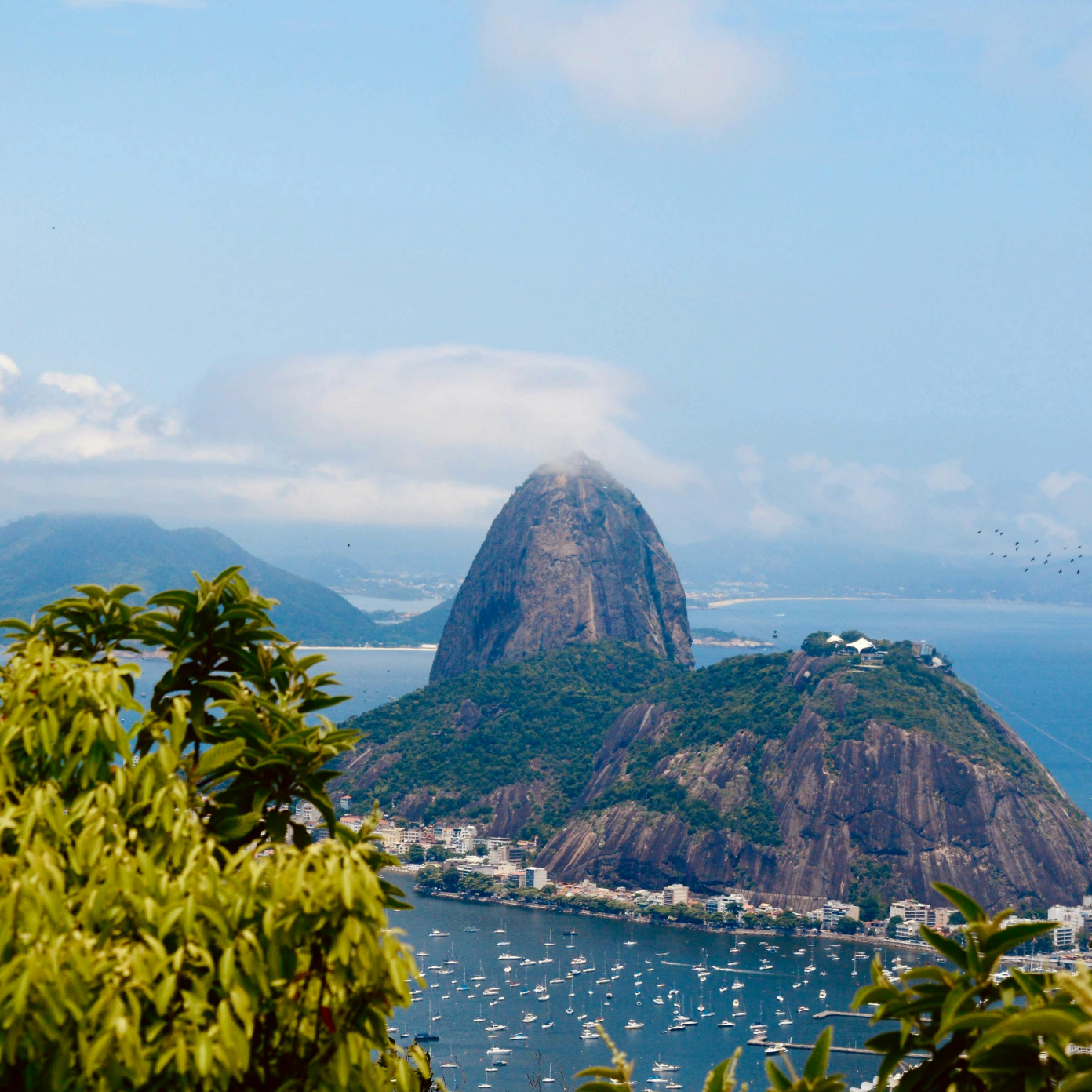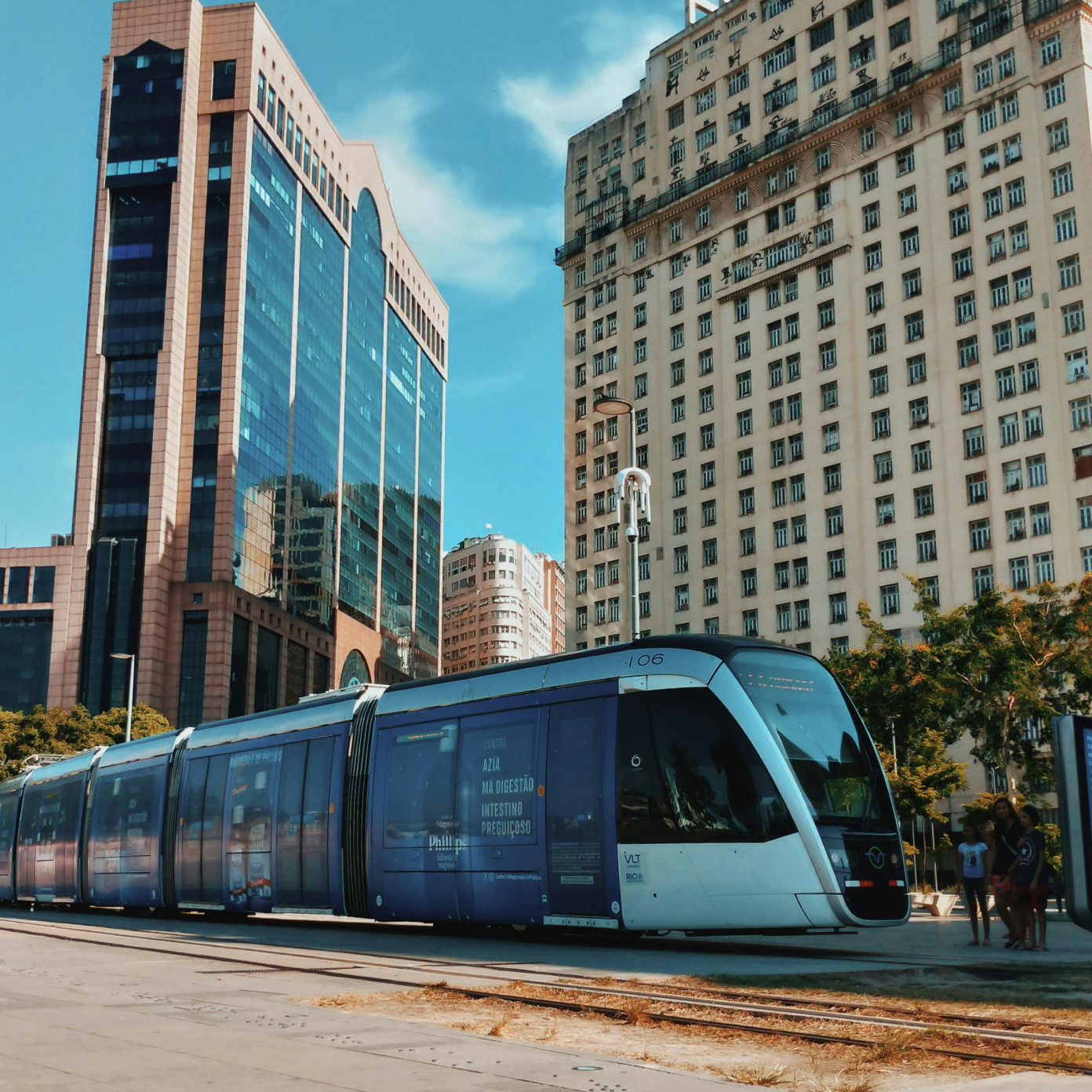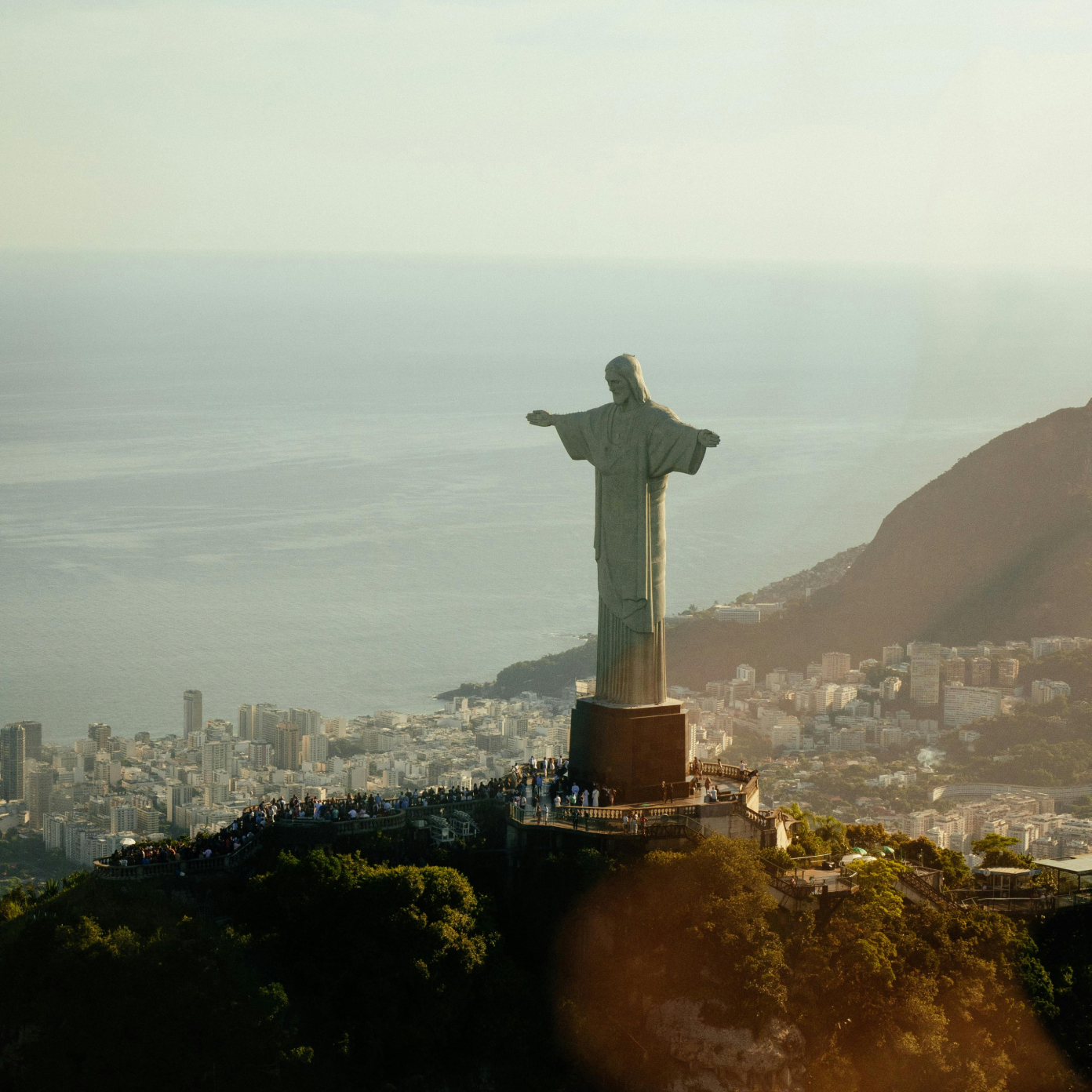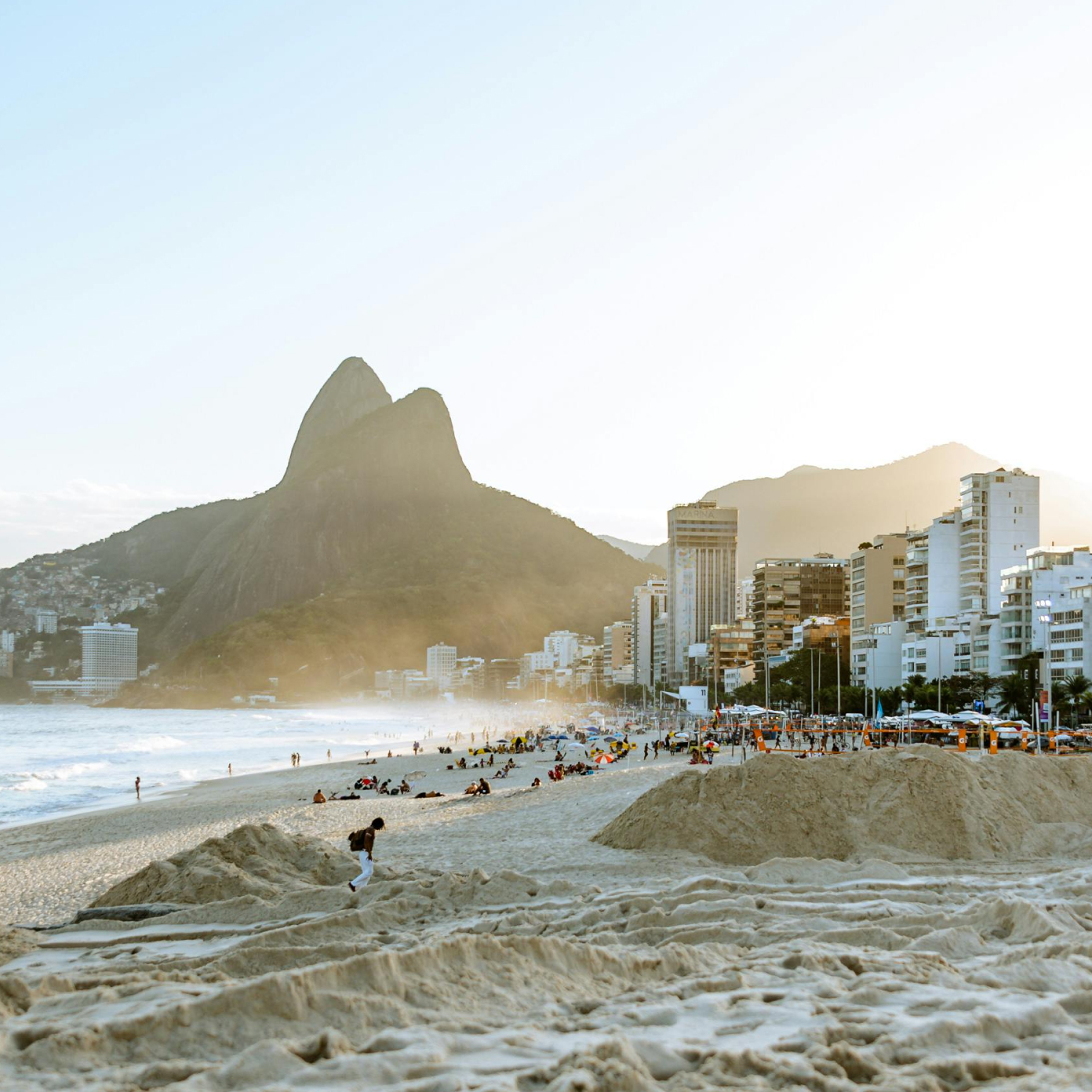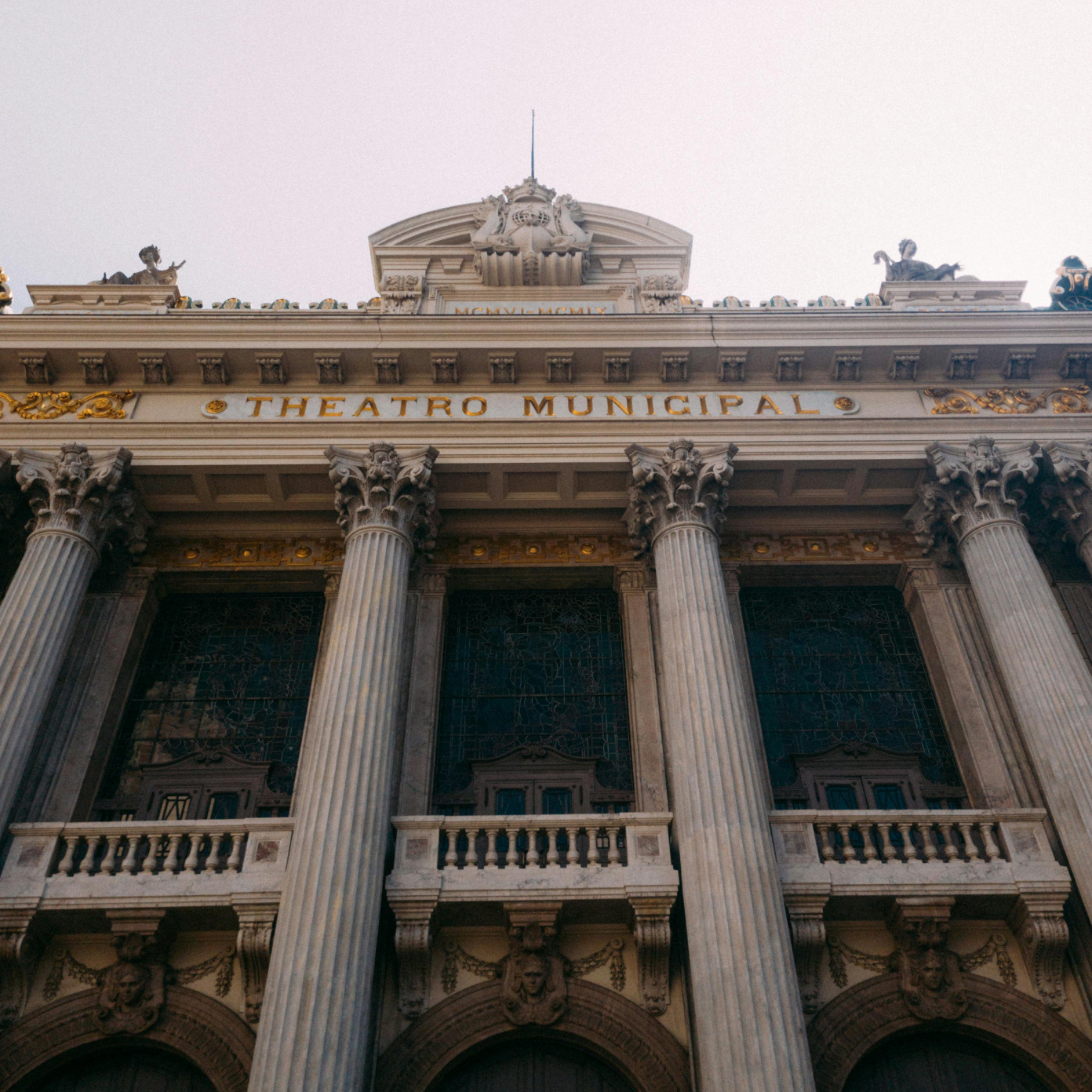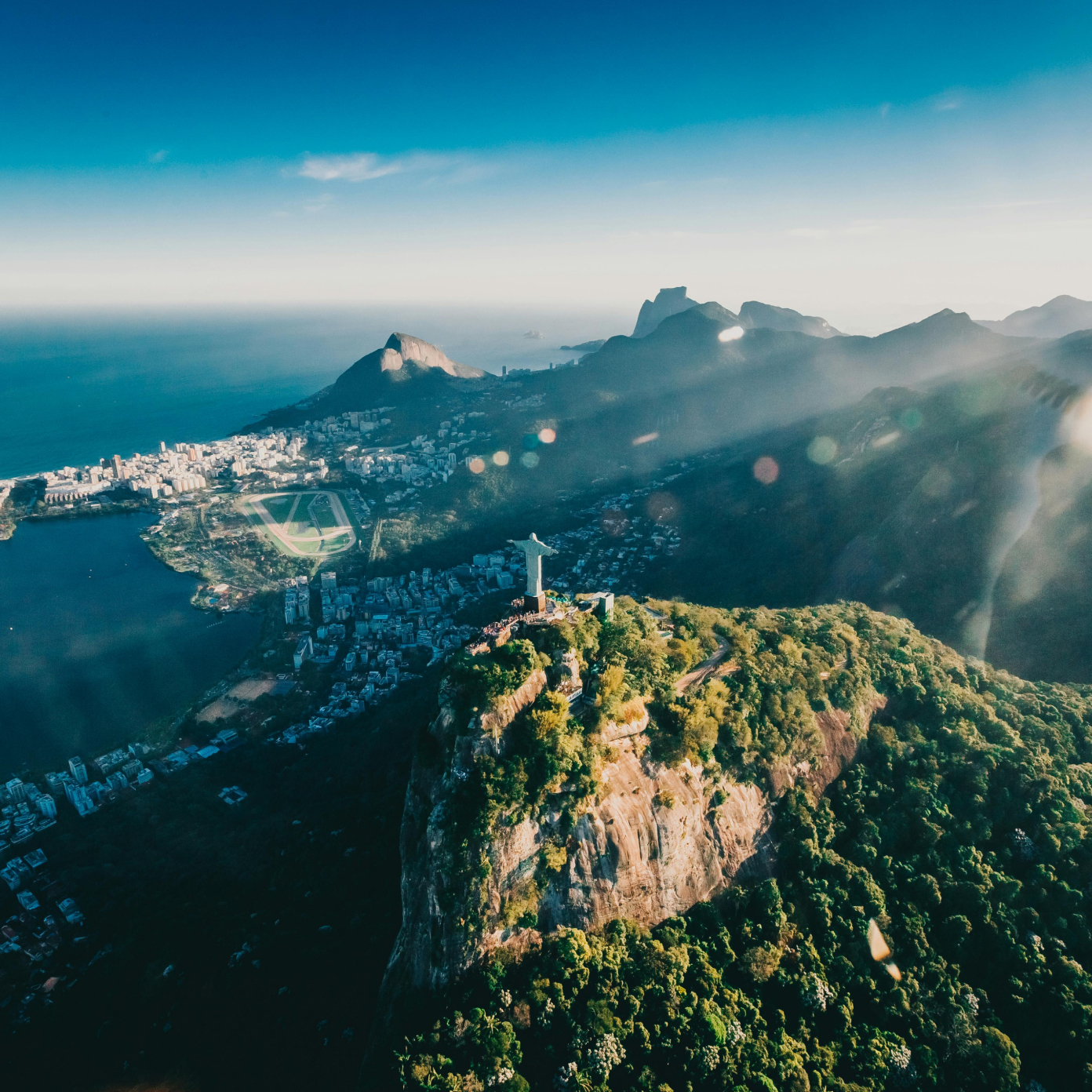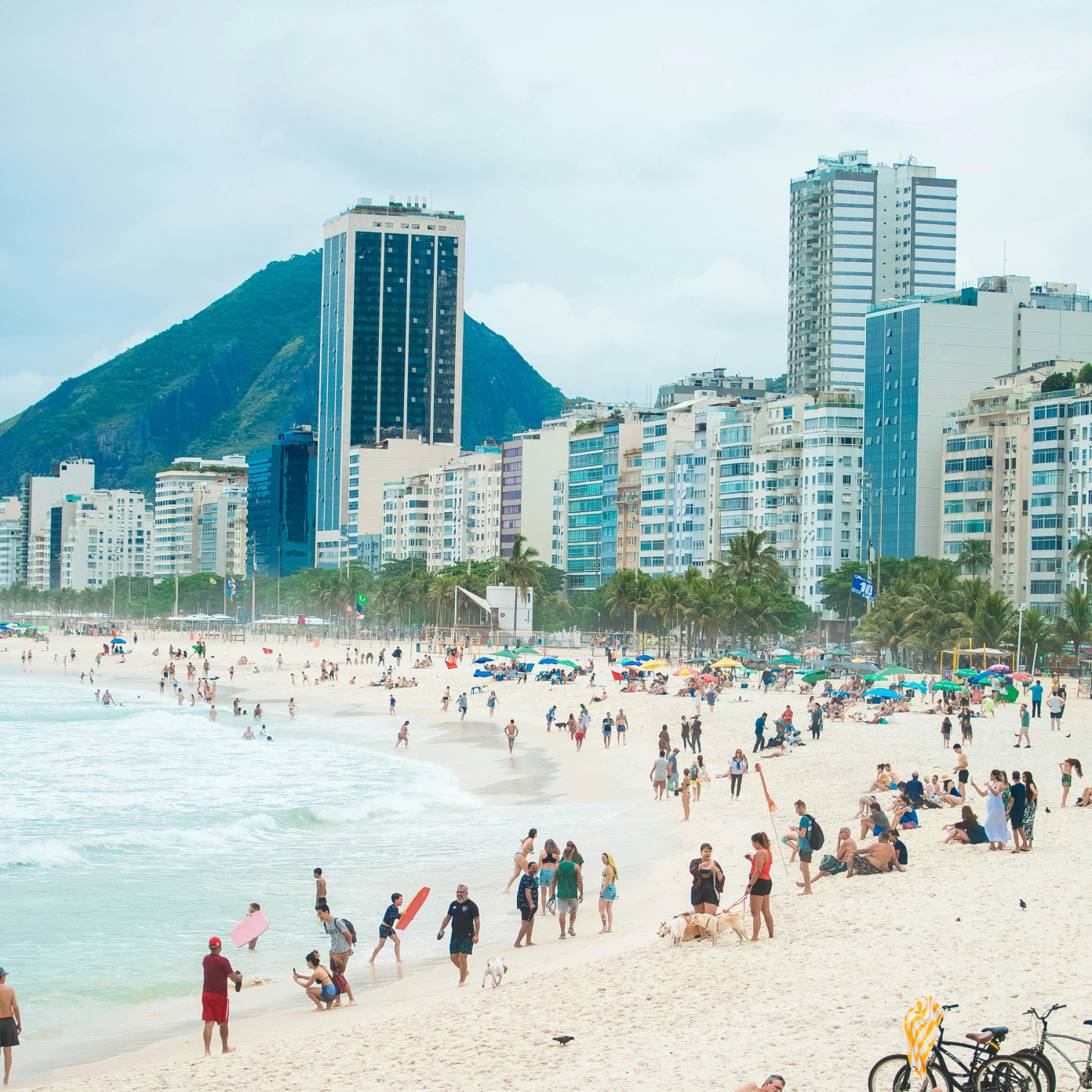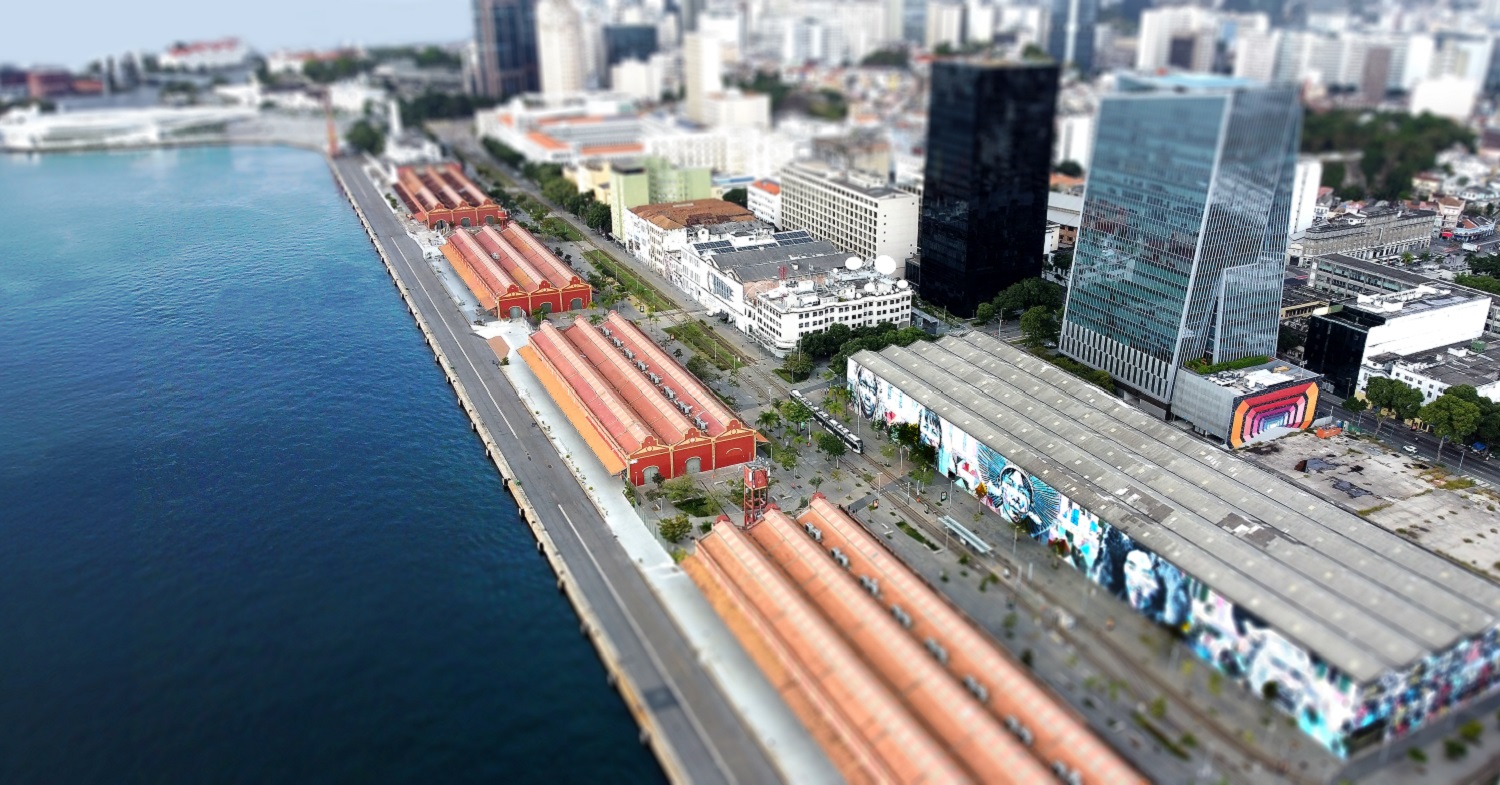Official Tourist Curator
As one of the world’s top destinations, Rio de Janeiro has the most famous postcards in its landscape.
To make your stay in the Wonderful City, Visit Rio, our official tourism partner, invites you to board this leisure and business trip.
OFFICIAL TOURISTIC PARTNERSHIP

Get to know Rio

Christ the Redeemer
On Corcovado Hill, amidst a rich urban forest, stands Christ the Redeemer, the symbol of Rio de Janeiro and one of the Seven Wonders of the Modern World, which welcomes visitors with open arms.
There are two ways to get to the statue, which is 38 meters high and 710 meters above sea level: a pleasant train ride through the Atlantic Forest from the Cosme Velho neighborhood, or via accredited vans that travel along the Paineiras Road.
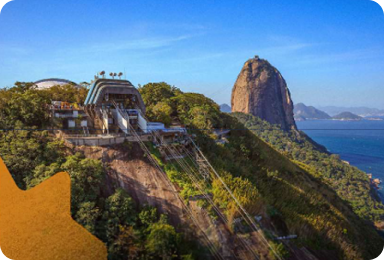
Sugarloaf Cable Car Park
The cable car ride between Urca and Sugarloaf Mountain offers spectacular views of Botafogo Cove, the Copacabana waterfront and Guanabara Bay. At 395m above sea level, Sugar Loaf offers panoramic views of Pedra da Gávea, downtown Rio, Copacabana and Christ the Redeemer.
The site offers gastronomic options, helicopter rides and events on Morro da Urca, as well as a large amphitheater that is often used for concerts and events on Morro da Urca, combining fun with a beautiful view of the city.
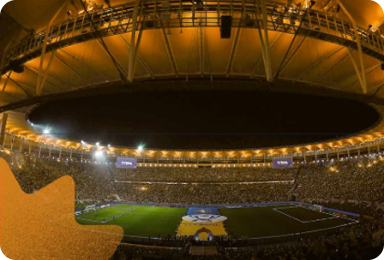
Maracanã
The Maracanã Stadium has been the stage for the most important Brazilian soccer classics and has hosted historic moments in the international sports arena.
The home of the 1950 and 2014 World Cup finals is open to visitors daily.
The Football Museum has relics that will drive soccer lovers crazy. The museum, on the stadium’s first floor, has a collection of shirts, soccer boots and a walk of fame. Plenty of surprises await you there!
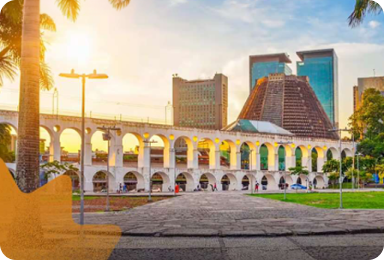
Lapa
Lapa is a vibrant Rio de Janeiro neighborhood known for its lively nightlife and majestic Lapa Arches.
During the day, visitors can enjoy the historic architecture and many cultural attractions, such as the old gunpowder factory, known as Casa dos Pilões, and the Museum of the Environment. At night, the area springs to life with hundreds of bars, restaurants and concert halls, attracting locals and visitors in search of fun and good music.
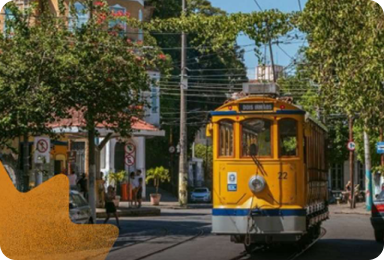
Santa Teresa
Santa Teresa, adjacent to Lapa, is a bucolic neighborhood in Rio de Janeiro, known for its cobbled streets and beautiful historic mansions.
The neighborhood preserves a unique charm, with its famous streetcar rides and an effervescent cultural life, thanks to the numerous ateliers that occupy the centuries-old buildings.
It also offers attractions such as the Parque das Ruínas, with its breathtaking views of the city, and the Museu da Chácara do Céu, which screens art collections of various styles in a three-storey mansion.
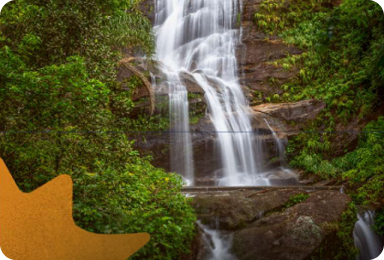
Tijuca National Park
The park is home to one of the largest urban forests in the world, the Tijuca Forest, preserved and sought after by locals and tourists for outdoor activities such as hiking and waterfall bathing.
With a rich diversity of flora and fauna, its mountains, caves and trails offer spectacular views, illustrating the harmonious coexistence between nature and the city. It’s an excellent opportunity to get to know a forest just a few minutes from the beach, enjoy nature and admire the city from above.
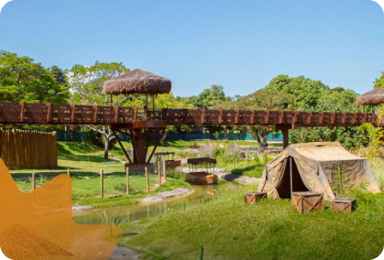
BioParque do Rio
Located in Quinta da Boa Vista, an area that used to belong to the imperial family, Rio’s old zoo is now called BioParque do Rio and has undergone a major renovation, shifting from an exhibition center to a modern Biodiversity Conservation Center.
With important educational and research programs, the new project ensures animal welfare while combining environmental education with visitor comfort.
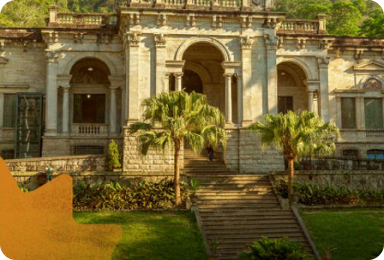
Parque Lage
The venue used to be an old sugar mill and is now part of the city’s historical heritage. Highlights include the imperial palm trees, the artificial lakes and islands, as well as the caves with aquariums embedded in the walls that contain different species of fish.
In the mansion’s central courtyard, next to the swimming pool, there is a Bistro offering meals that can be enjoyed alongside the art and music events that take place there throughout the year.
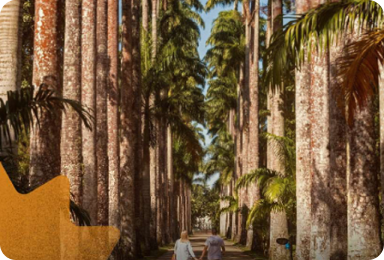
Botanical Garden
Created in 1808 by order of King João to acclimatize the spices coming from the East Indies, it is one of the ten most important of its kind in the world, with around 8,200 plant species. It has imperial palm trees, a nursery with over 600 species, medicinal plants and a variety of birds.
There is also the Japanese Garden, the Museum of the Environment, with a program dedicated to topics such as sustainability and biodiversity, the old gunpowder factory called Casa dos Pilões, and the Tom Jobim Space, which hosts musical and theatrical performances.
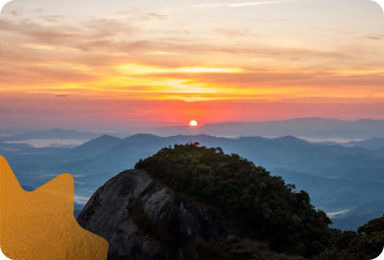
Pedra Branca State Park
Created in 1974 and located in the city’s West Side, it is considered one of the largest urban natural parks in the world. In addition to its many hiking trails and ecological walks, it provides a great service to the population of Rio de Janeiro, as it supplies the Pau da Fome, Camorim, Taxas, and Engenho Novo reservoirs.
The park is covered in vegetation typical of the Atlantic Forest and has an area four times larger than the Tijuca National Park (corresponding to 12,500 Maracanã stadiums). It is home to the highest peak in the city, the Pedra Branca Peak, at 1,024 meters above sea level.
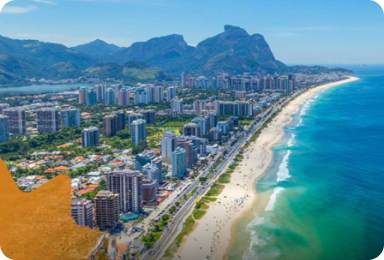
Barra da Tijuca & Surroundings
Located in Rio’s West Side, this region has important international hotel chains, modern shopping malls and centers, state-of-the-art cinemas, starred restaurants and Rio’s longest beach.
Culture is also one of the attractions of the neighborhood, which is home to Rio’s largest cultural space: Cidade das Artes. Close by is the Casa do Pontal Museum, considered the largest and most significant folk art museum in the country. Its collection consists of around 9,000 pieces by 300 Brazilian artists, produced from the 20th century onwards.
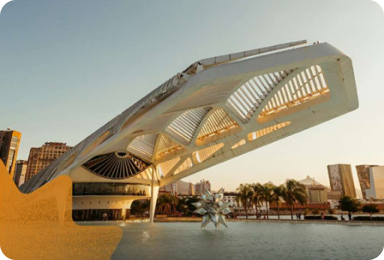
Museum of Tomorrow
Modern and futuristic, the visionary Museum of Tomorrow project by Spanish architect Santiago Calatrava is a different kind of science museum. A place for ideas, explorations and questions about the time of great change in which we live and the different paths that open up for the future.
Guided by the ethical values of Sustainability and Coexistence, it also promotes innovation, disseminates advances in science and publishes the planet’s vital signs. A museum to expand our knowledge and transform our way of thinking and acting.
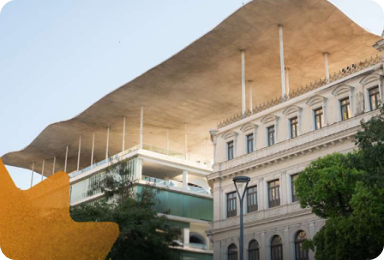
Rio Museum of Art (MAR)
Opened on March 1, 2013, MAR promotes a cross-sectional reading of the city’s history, its social fabric, its symbolic life, conflicts, contradictions, challenges and social expectations.
Its exhibitions bring together historical and contemporary dimensions of art through long- and short-term exhibitions at local and national levels.
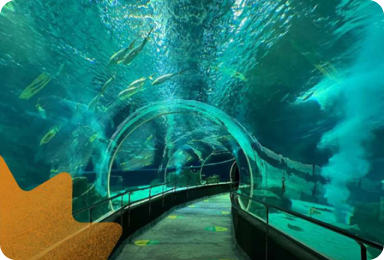
Aqua Rio
The largest aquarium in Latin America, the Rio de Janeiro Marine Aquarium is a 100% private, modern and multifunctional facility, open to the public all year round. It is also a place for research and educational visits.
With 26,000 m2 of built area and 4.5 million liters of water, the aquarium has more than 5,000 animals from 350 different species on display.
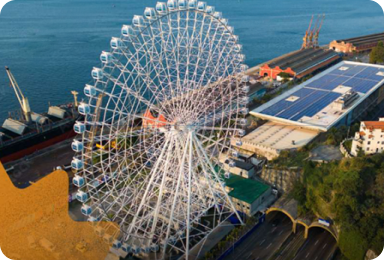
Yup Star Rio
At 88 meters high, Rio’s Ferris wheel is the largest in Latin America and has quickly become the city’s new postcard.
From the top, you have an incredible view of Rio’s landscape and can see famous sights such as Sugar Loaf Mountain, Christ the Redeemer, the Central Station Clock, Guanabara Bay, the Rio-Niterói Bridge, the City of Samba, the Museum of Tomorrow and much more!
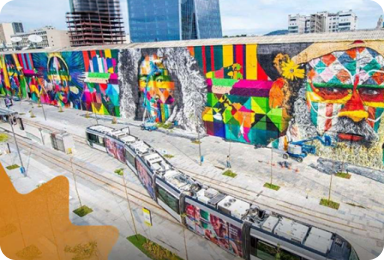
Etnias Mural
As you walk down the Olympic Boulevard, you’ll have the chance to admire the Etnias Mural by Brazilian artist Eduardo Kobra, the largest graffiti panel in the world at 15 meters high and 170 meters long.
Designed to celebrate the meeting of all peoples during the 2016 Olympic Games, the panel is made up of images of representatives from the five continents.
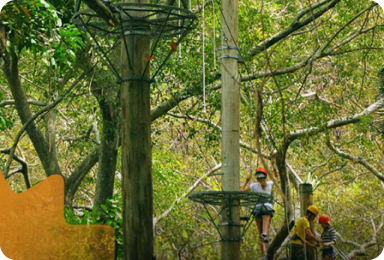
Catacumba State Park
Located opposite the Rodrigo de Freitas Lagoon, in an area that was reforested in the 1970s, the park has a diverse flora. In the lower part, paved paths, small squares with stone floors and sculpture exhibitions make it the perfect place for walks and picnics.
In the upper part, the dense forest takes over, where you can take a 600-meter trail that leads to a beautiful view. The park also offers activities such as tree climbing, abseiling, zip-lining and a climbing wall.
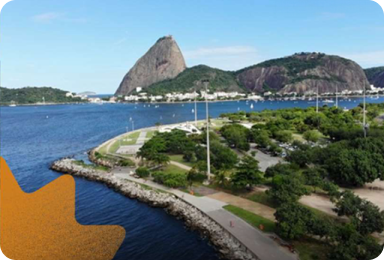
Aterro do Flamengo
Known as one of the largest leisure areas in the city, it is an immense green area that connects the city center to the South Side, starting at Santos Dumont Airport, passing through the neighborhoods of Flamengo and Glória, and extending to the entrance to Botafogo.
The park, designed by landscape architect Roberto Burle Marx, has a diverse flora, made up mainly of native and exotic species, as well as an extensive cycle path. The place is very popular on weekends for sports and leisure.


